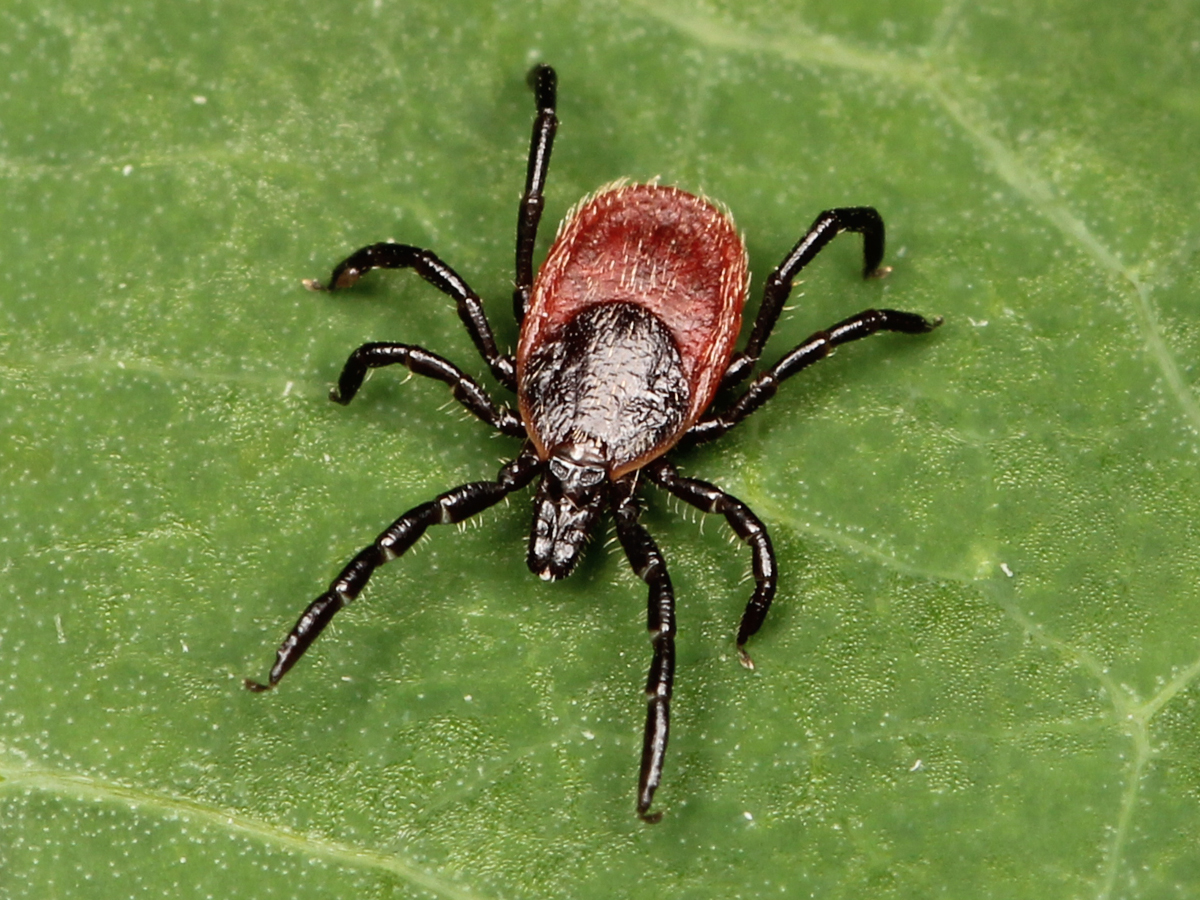Your furry pets can either prevent or trigger allergies, depending on where you live
12/18/2019 / By Evangelyn Rodriguez

Recently, the number of allergy-related cases has increased worldwide. The World Health Organization (WHO) estimates that about 40 percent of the world’s current population suffer from some kind of allergic condition. Allergies can be triggered by several factors, such as indoor and outdoor pollutants, living conditions, socio-economic status, genetic factors and hygiene. However, while these factors can predispose people to develop allergic conditions, there have been reports that they can also have a preventive effect.
Allergens from animals with fur are some of the most potent, year-round allergens people are exposed to. Due to their size (2.5 micrometers) and continuous stimulation, these allergens greatly increase a person’s risk of developing bronchial asthma. In a recent study published in the journal Annals of Agricultural and Environmental Medicine, researchers from the Medical University of Warsaw and the Warsaw University of Life Sciences in Poland assessed the effect of fur-bearing pets, including cats and dogs, on the health of individuals with allergic conditions. They found that exposure to cat or dog allergens in early childhood can have a positive or negative effect on a person depending on the setting (urban or rural). While having a fur-beating pet has a preventive effect in rural areas, pets worsen bronchial asthma symptoms in urban areas.
The effect of pet allergens in urban vs rural areas
Allergic conditions pose a serious challenge for modern medicine and public health. In Poland, the Epidemiology of Allergic Disorders in Poland (ECAP) study reported that almost 35 percent of the entire Polish population is affected by allergic rhinitis (25 percent), asthma (12 percent), bronchial asthma (five percent) and dermatitis (4 percent). Meanwhile, 2.1-6.7 percent of Polish infants, children and adolescents combined suffer from urticaria or hives. (Related: Are puppies the latest allergy treatment? Recent studies show protective effects against eczema, asthma.)
Sponsored: NEW Biostructured Silver First Aid Gel created by the Health Ranger combines three types of silver (ionic silver, colloidal silver, biostructured silver) with seven potent botanicals (rosemary, oregano, cinnamon and more) to create a breakthrough first aid silver gel. Over 50 ppm silver, verified via ICP-MS lab analysis. Made from 100% Texas rain water and 70% solar power. Zero chemical preservatives, fragrances or emulsifiers. See full details here.
In the late 1980s, David P. Strachan, a professor of epidemiology, proposed the hygiene hypothesis. This hypothesis posits that early exposure to potential allergens decreases the risk of adverse allergic effects, while lack of early childhood exposure increases a person’s susceptibility to allergic diseases. Today, scientists believe that this hypothesis is true for certain conditions, as observed in cases wherein childhood exposure to infections and less-than-pristine conditions exerted a preventive effect against allergies, and exposure to farm animals and microorganisms and drinking raw milk in early childhood had a protective effect.
To determine the extent to which exposure to cat or dog allergens in early childhood protects against or predisposes people to develop allergic conditions, the researchers gathered a study group consisting of 18,617 individuals. Among them, 16,562 lived in urban areas while 2055 lived in rural areas. The researchers used the European Community Respiratory Health Survey (ECRHS) and the International Study of Asthma and Allergies in Childhood (ISAAC) study questionnaire — both adapted to Middle and Eastern European conditions — as tools to collect data. They also employed the same questionnaires as part of the study Implementation of a System for the Prevention and Early Detection of Allergic Diseases in Poland.
The researchers identified two factors that determined the keeping of fur-bearing pets in a household: larger living space and number of cigarettes smoked. The latter was especially prevalent in urban settings. In fact, answers from the questionnaires revealed that dog owners in urban areas smoked considerably more cigarettes than those who didn’t own a dog. The researchers also found that in rural areas, keeping fur-bearing animals has a preventive effect against allergic conditions. On the other hand, in urban areas, household pets clearly aggravate symptoms of bronchial asthma, i.e., the risk of cough and wheezing.
This can be explained by the fact that in cities, domestic animals live in relatively smaller environments like apartments, with insulated doors or windows, upholstered furniture and carpets on which the cells they shed can accumulate. This type of setting is where high amounts pet allergens can be found. In contrast, in rural areas, domestic animals are usually kept outdoors, hence indoor allergen contamination is lower. Contact between people and farm animals is also traditionally close, beginning from birth and lasting well into adulthood, so people living in rural areas naturally build a stronger immunity toward pet allergens than those who live in urban areas.
Based on these findings, the researchers concluded that in rural settings, keeping fur-bearing animals is beneficial in preventing the development of allergies, while in urban areas, doing the same exacerbates allergic symptoms, especially the symptoms of bronchial asthma.
Sources include:
Tagged Under: allergies, animals, bronchial asthma, cats, Cough, dogs, fur-bearing pets, natural cures, natural medicine, pet allergens, prevention, research, rural areas, urban areas, wheezing




















